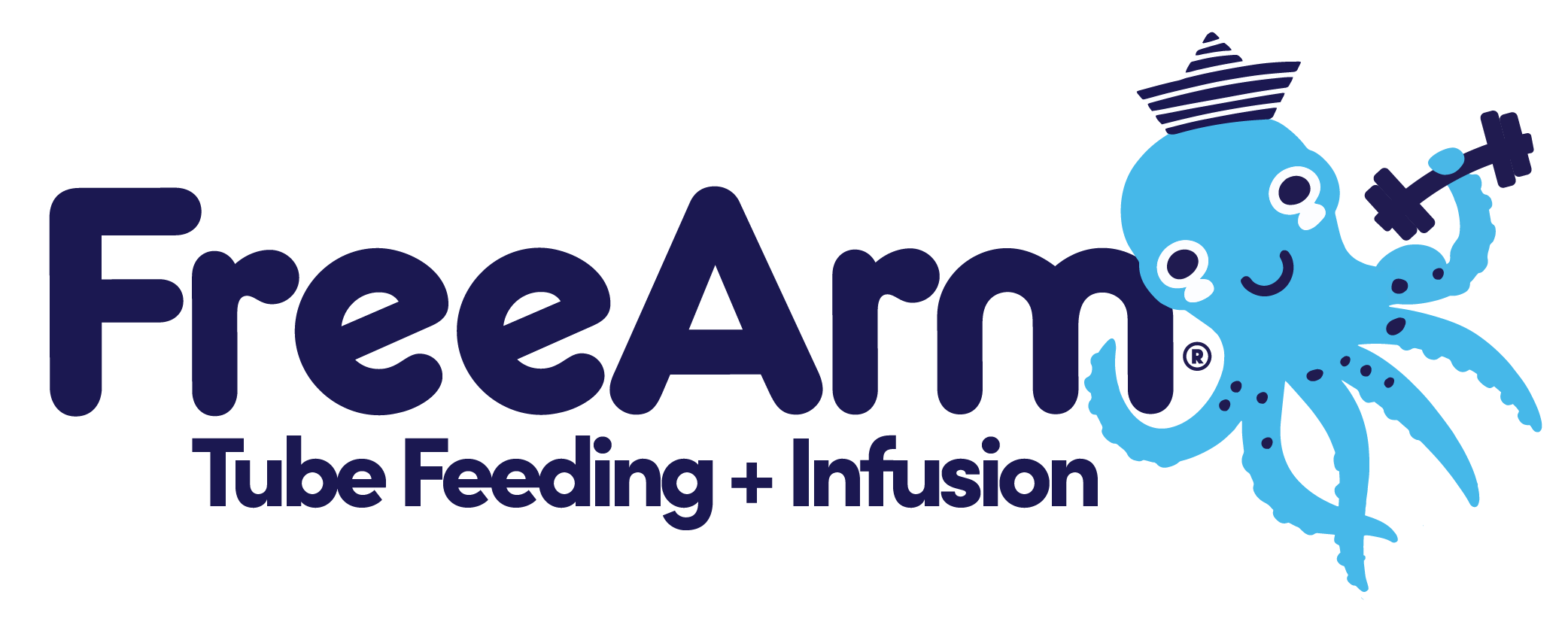Genesis Valdes
“My role as a Registered Dietitian allows me to fulfill my passion for empowering families to provide optimal nutrition for their children.”- Genesis
Tell us your story- What is your background and what led you to become a dietitian?
As a teenager, my grandmother's battle with cancer deeply impacted me. Witnessing her struggle with eating and the need for pureed foods and supplements sparked my interest in finding better nutrition solutions for individuals who couldn't consume enough calories orally. While in college as a math major, I took a nutrition class that opened my eyes to various methods of nutrition delivery. This experience led me to switch my career path and pursue a degree in Nutritional Sciences.
What do you love about what you do at A&P?
At A&P Quality Care Medical, my role as a Registered Dietitian allows me to fulfill my passion for empowering families to provide optimal nutrition for their children, particularly those with complex medical backgrounds. I enjoy being a valuable resource for families as they transition from the hospital to home with a feeding pump. What I love the most is seeing the patients’ progress, whether it’s achieving their weight goals or successfully transitioning off the feeding pump as they develop the ability to eat orally.
We often hear about the gaps in care for enteral patients. What challenges have you seen with your patients?
One significant challenge I've observed is the lack of support and resources for adult enteral patients. While the pediatric population typically receives comprehensive care, the transition to adult practice often leaves families searching for nutrition management services that may not be readily available to them. This gap in care impacts adult patients’ compliance with the prescribed enteral regimen. Adult patients may face obstacles in achieving their nutrition goals without adequate support and guidance.
What advice do you have for someone who just started their tube feeding journey and doesn't know where to begin?
This is my advice to get a good start:
1. Prepare in advance: Take the time to gather the necessary information and resources before you or your loved one is discharged from the hospital. Write down the contact information for your Durable Medical Equipment (DME) provider and the physician who will be managing the feeds. This way, you will know exactly who to reach out to if you have any questions or need assistance.
2. Understand supplies and resupply: Ask your DME how many of each item you will receive each month, the recommended frequency for changing supplies, how they will contact you for resupply, and who to contact for resupply if needed before the end of the month. Being aware of these details will help you plan and manage your supplies effectively.
3. Practice, Practice, Practice: During the feeding set-up process, where you learn to program the pump, consider taking a video as a reference for later. After the initial setup, practice using the pump repeatedly. It's beneficial to have a nurse or dietitian observe you and provide guidance throughout the process. This way, you will become familiar with the supplies and the feeding pump before you are discharged.
What are some of the biggest challenges you see your patients facing?
One of the significant challenges that patients face in the home setting is the limitation of supplies. In the hospital, supplies are abundant, and items are frequently used once and discarded. However, when patients transition home, insurance coverage often provides only a limited quantity of supplies. Families must learn to effectively manage the provided quantities, but unfortunately, this aspect is not always thoroughly discussed during discharge. As a result, families may run out of supplies before their next shipment arrives.
Engaging in a discussion with the Durable Medical Equipment (DME) company can be beneficial in addressing this challenge. Exploring strategies for better care of supplies, identifying reusable items, and learning proper washing and disinfection techniques can help patients and families optimize the use of their supplies.
How do you feel the FreeArm can support your patients and families?
The FreeArm offers great support to our patients and their families in several ways. One of the standout benefits is the increased mobility it provides, particularly when traveling out of town. Patients or parents can now enjoy the freedom to move around without having to take the IV pole. This is especially convenient for families who rely on different caregivers for their child on nutrition support. Transporting the IV pole to another location like a grandparent's house could be challenging. However, with the FreeArm, they can simply clamp and unclamp it, thanks to its compact and portable design. This ease of use and portability simplifies the process of bringing nutrition support equipment/supplies along for families on the go.

